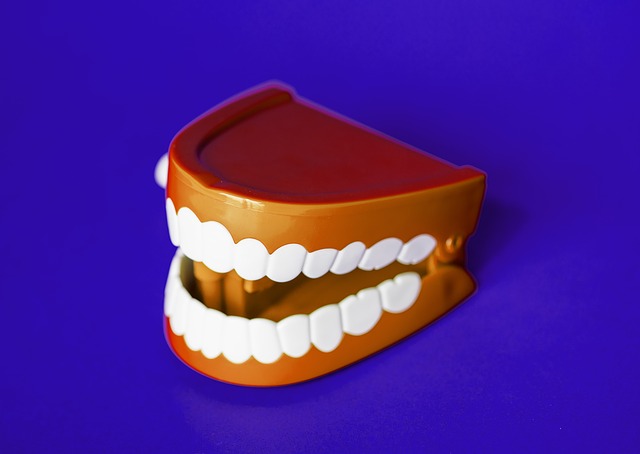
How To Fix A Loose Denture
If you’re wondering how to fix a loose denture, you’re not alone. Millions of people wear dentures, and many of them wish they enjoyed the benefits of a better fit. Even a well-made denture only produces 20% of the bite strength of natural teeth. So, it’s not surprising that patients often find themselves wondering how to fix a loose denture.
Why Are They Loose?
The fit of a denture depends on several factors, and those factors interact to produce a certain level of function. First of all, the base of a denture and the teeth are made from acrylic. This plastic material doesn’t contain the same hardness as natural teeth. In some cases, porcelain teeth are used instead of plastic. But acrylic teeth are set into the denture most of the time and the plastic base sits over the gums. As bite pressure is applied, the denture compresses against the loose gum tissue that sits over the bone, and the denture moves.
Second, the plastic base sits over the gums and depends on the underlying jawbone for support. Many times, the bone resorbs and becomes shorter and less retentive. This anatomy causes the denture to move and come loose. It’s rare for a lower denture to adhere to the gums and ridges, and they tend to “float.” Bite pressure temporarily pushes the denture down before the muscles of the tongue, cheeks, and lips lift it up. The same problem may develop with an upper denture.
Third, a thin layer of fat can be found between the gum tissue and the bone. If a patient loses weight, a small amount of fat disappears from this area. That small change may be enough to loosen the denture and alter the fit, especially if a patient sheds ten pounds or more.
Options To Firm It Up
Most denture wearers long for the power of their natural teeth. While that may be difficult to achieve, there are options when you’re wondering how to fix a loose denture. Every case is different, but odds are that a poor-fitting denture can be improved. Here are 3 possible ways to fix a loose upper or lower plate:
Reline It: When the gums and bone shrink under the denture, it doesn’t take much to change the fit. If the teeth are still acceptable and not too worn, a denture reline may dramatically improve the fit of dentures. The dentist cleans the inside of the denture and uses it as an impression tray to capture the anatomy of the jaw. The impression material is placed inside the denture and set against the gums to accomplish this. Then, a model is made of your jaw and new acrylic is placed inside the denture to fit against the model. This helps fill space and adapt the denture to the current shape of the mouth.
Remake It: A new denture accomplishes the same aim as a reline, but it replaces the teeth also. If teeth are worn down or don’t look good, this may allow a patient to improve the function and appearance of their teeth while resulting in an improved fit.
Support It: Dental implants dramatically alter the fit and function of dentures. In some cases, placing just two implants under a denture can lead to “snap-in” denture that doesn’t move. The change in chewing, comfort, and confidence can lead patients wondering why they waited to make this step. In other cases, implants can be used to permanently place teeth that stay in all the time and produce nearly 100% of normal chewing with beautiful porcelain.
Make A Change
If you’re frustrated with a loose denture, odds are high that you can make a positive change. It may be as simple as reline of your existing denture. Or you may decide to look at implant solutions that bring you back to the way things used to be. Make an appointment with your dentist, or find one that can help you explore ideas to restore your smile. After all, the joy of a simple meal chewing your favorite foods is hard to measure. If you need help learning how to fix a loose denture, the team at DentalChat has you covered!
